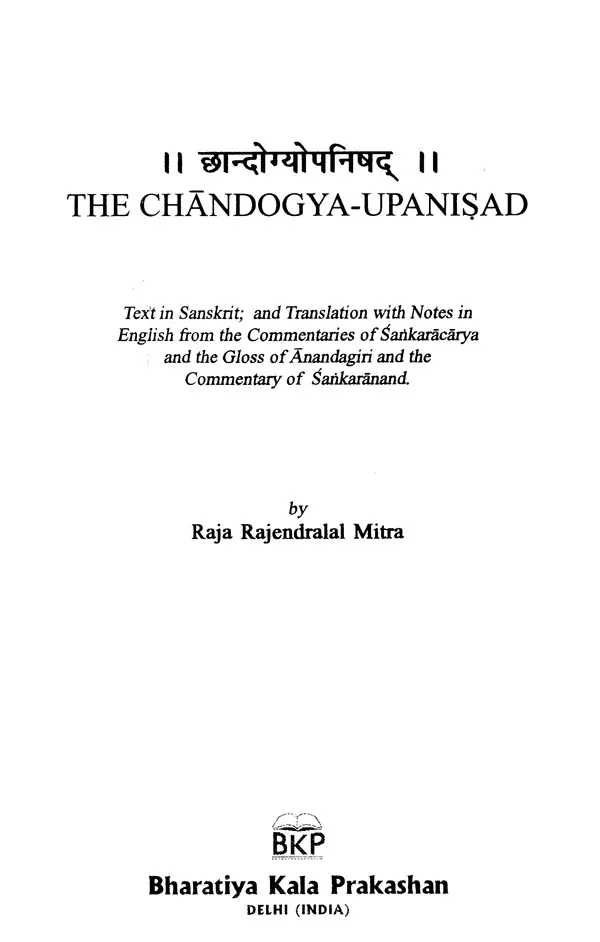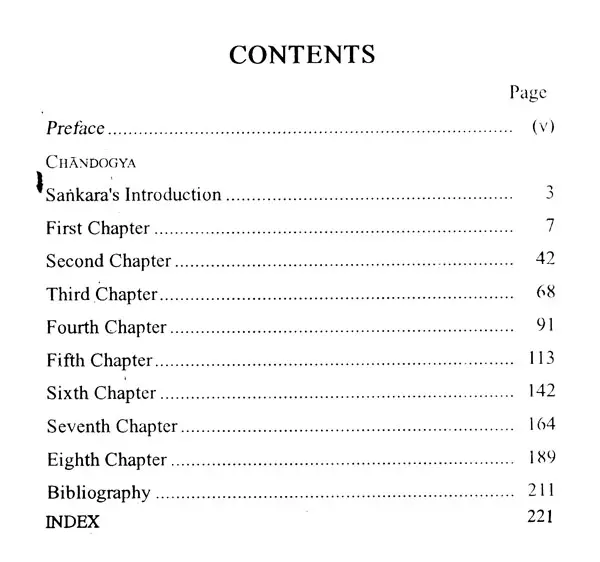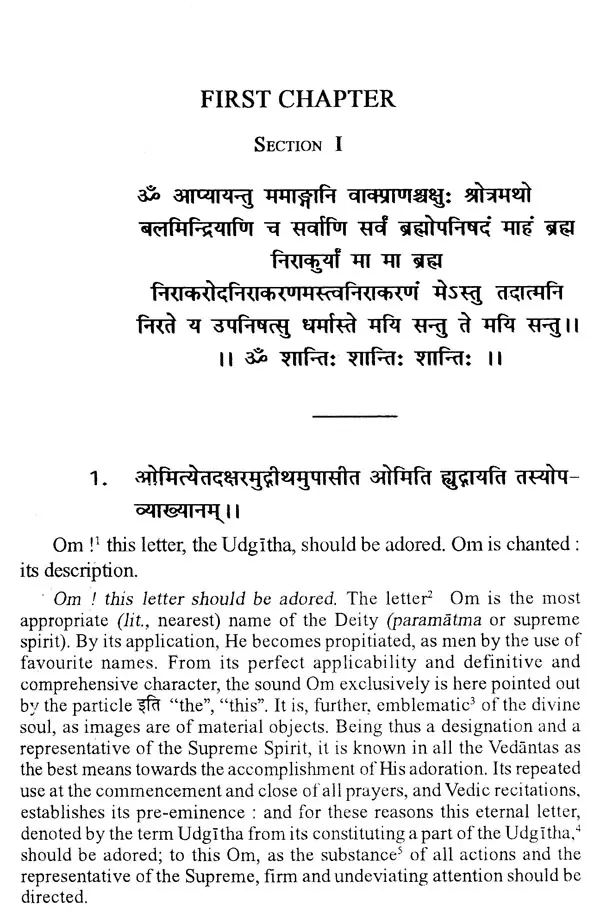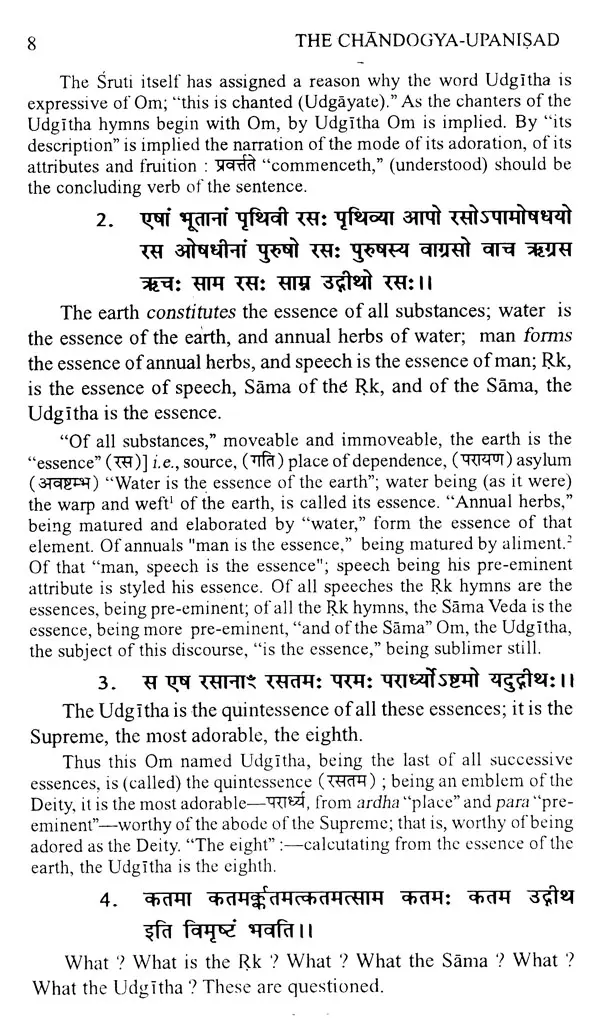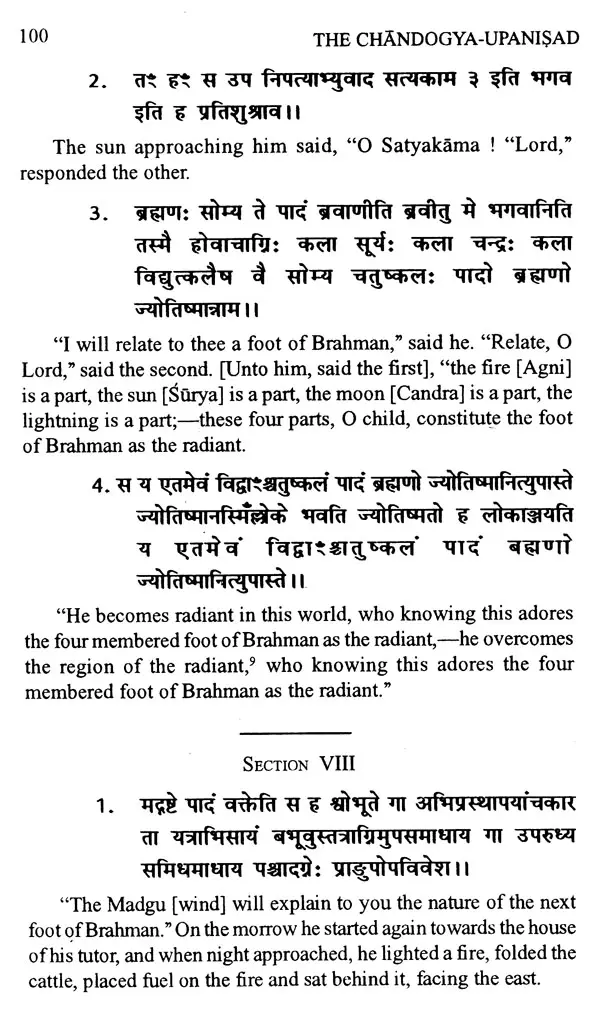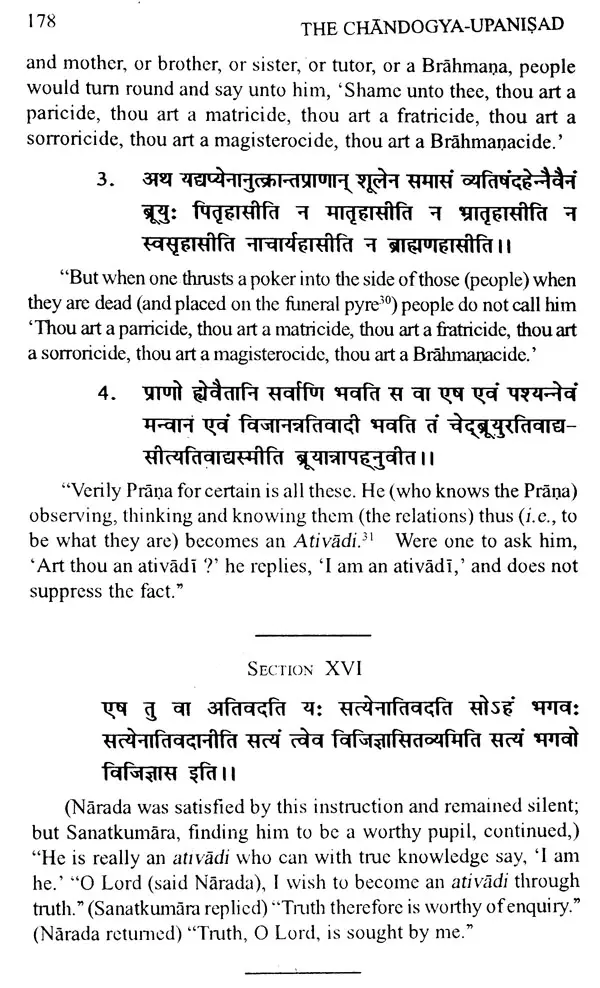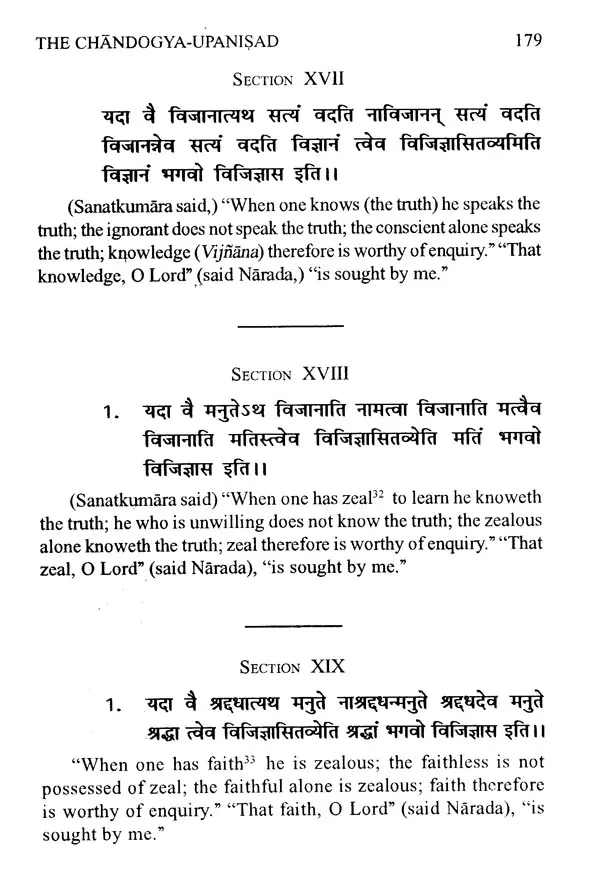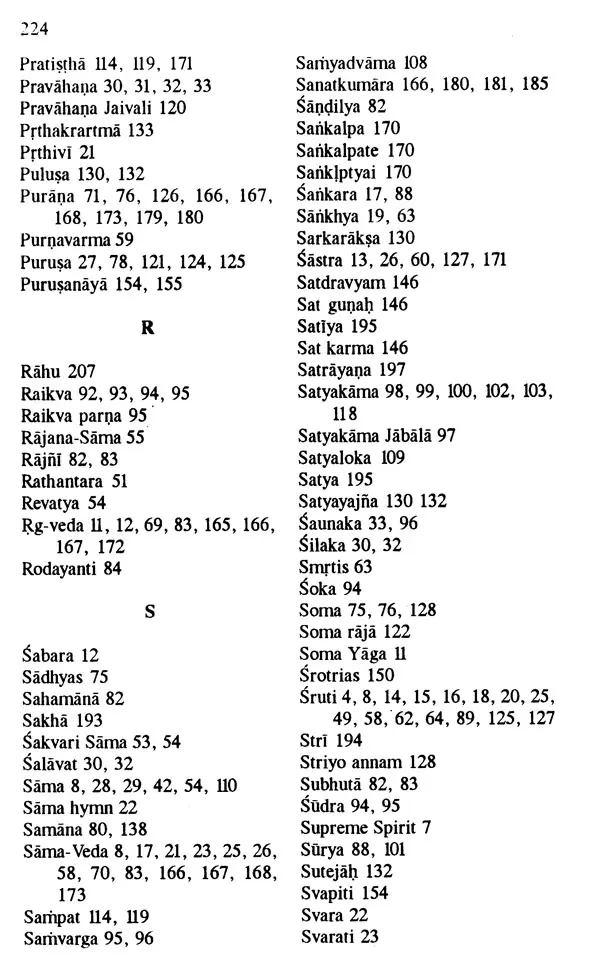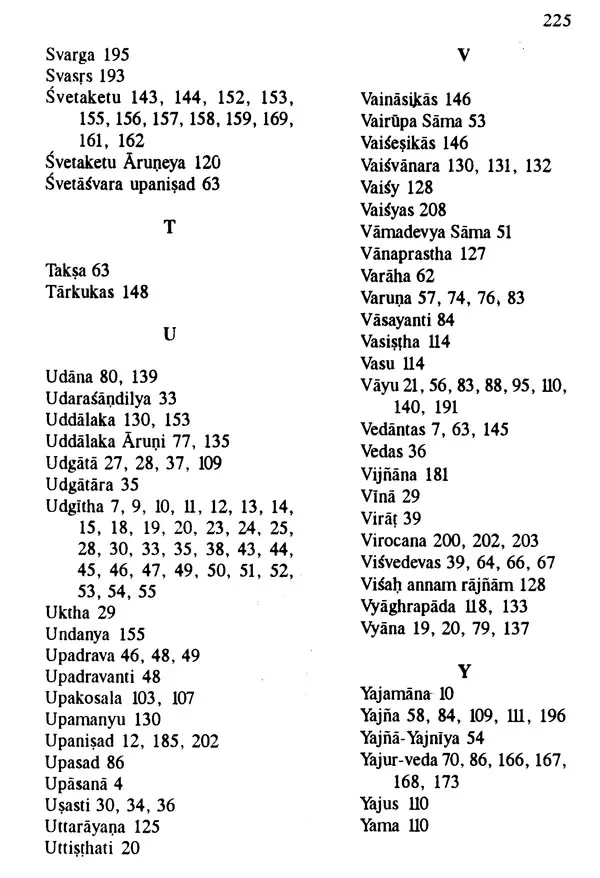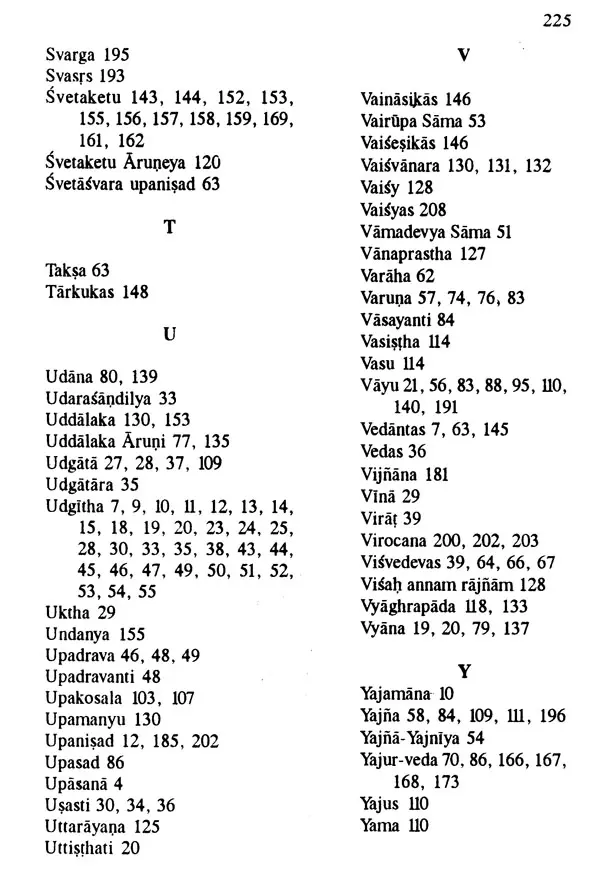
छान्दोग्योपनिषद्- The Chandogya-Upanisad
Book Specification
| Item Code: | UAP535 |
| Author: | Raja Rajendra Lal Mitra |
| Publisher: | Bharatiya Kala Prakashan |
| Edition: | 2001 |
| ISBN: | 8186050809 |
| Pages: | 232 |
| Cover: | HARDCOVER |
| Other Details | 9.00 X 6.00 inch |
| Weight | 420 gm |
Book Description
The Chandogya Brahmana of the Sama Veda, whereof this Upanisad forms a part, contains ten chapters (prapathakas); of these the first two are called the Chandogya Mantra Brahmana, the rest constitute the Chandogya Upanisad.
Many students of Indian philosophy enamoured of the idea of moksa taught by it seek to achieve it by various processes, physical or mental, generally, known as Yoga. Those who do so without being fully saturated with the spirit and substance of the Upanisads merely take a leap in the dark and court certain death, spiritual as well as physical. The first requisite is proper familarity with the first principles of Advaita philosophy (Sravana); and entire love with them (Manana). Then follows that sublime state wherein the sense of separateness is being slowly forgotton. But even here noth ing but strict practice of the noble virtues and perfect altruism will be necessarily required of the student.
Veda means knowledge, and Upanisad means both the exoteric philosophy of Brahman, the Advaita, and sittings for the discussion of that philosophy. The Upanisads are aptly called the Vedanta, the end of the Veda, that which is reserved for those who have freed themselves from the useless bonds of formal religion. The Veda consists of three parts: Mantra, Brahmana and Upanisad, including the Aranyakas.
**Contents and Sample Pages**
